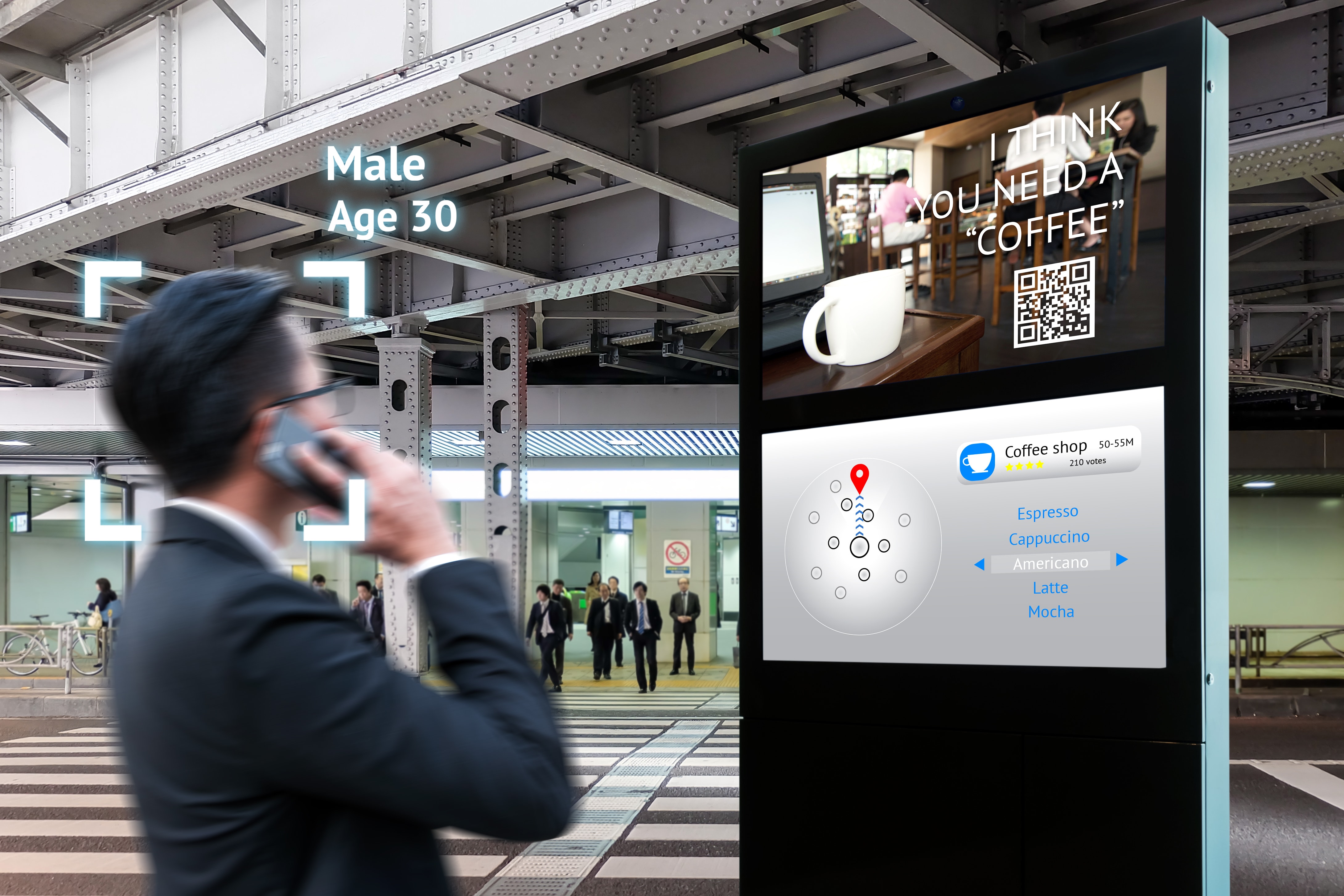The interactive digital display market is expected to reach $13.8 billion by 2024 at a compound annual growth rate (CAGR) of 7.2%. For those in the digital signage industry, this growth makes sense. Interactive displays create opportunities for organizations to engage with customers, staff members, and passersby in unique ways. They can also improve an individual’s overall experience when they visit your building—whether it’s a gym, retail store, healthcare facility, or something else.
Why Use Interactive Digital Displays
If you haven’t had the opportunity to explore or install interactive digital displays yet, you might not be thinking of all the ways interactive signage could impact your organization.
Take retail, for example. Interactive displays can be key for retail IT in a number of ways, beginning with purchasing. Interactive kiosks let customers avoid long checkout lines or order the right size online. These devices thus improve the customer experience, especially if they can’t find exactly what they need in-store.
Interactive digital signage is also helpful for line management and entertainment. You can collect information about who is in line, why they’re in your store, and how long they’ve been waiting. All of this data can help you streamline your processes. Another option is to run a contest through the signage where you collect contact information in exchange for an entry.
Industries like healthcare and food service can benefit from touch screens, too. Hospitals, for example, can use digital signage to display wait times and provide wayfinding. Restaurants can use the technology to take orders or show food preparation status.
Now that you know why you might want interactive digital displays in your organization, let’s take a look at some best practices for a successful installation and beyond.
3 Best Practices for Interactive Displays
1. Plan for Installation & Deployment
While all digital signage deployments require preparation, interactive displays sometimes need a bit more thought. Because you’ll be encouraging people to actually touch or interact with the technology, it needs to be accessible. Traditional, non-interactive signage can be placed almost anywhere that works for your space. Interactive screens, on the other hand, need to be within arm’s reach of your intended users and take into account customers with special needs.
For example, a children’s clothing store would likely want their interactive signs to be close to the floor so kids can easily reach the screen. In a store designed for young adults, though, having the signs near the floor would make them difficult to interact with, leading to a negative user experience.
2. Display Engaging, User-Friendly Content
When defining your content strategy, remember that interactive displays need to be user-friendly to hold the attention of your target audience. Make sure your navigation is placed somewhat low on the page so users don’t have to hold their arms up too high. Show your audience all of their navigation options, and make sure they don’t have to use more than three clicks to get to their desired end page. Include easy-to-see buttons that clearly tell your viewers what they’re about to click. Finally, features like crisp text, bright graphics, and high-quality video will improve the look and feel of your touch screens.
3. Maintain Your Signage Post-Deployment
Like any form of retail technology, interactive digital displays involve regular maintenance to ensure they’re working as intended. Keep an eye out for glitches, or have a way for users to easily report a problem. Make sure your software is current, or roll out an update if you need it. It’s also a good idea to routinely check your system, including the wiring, to make sure everything looks the way it should.
Also, spend some time cleaning the devices. A clean device encourages people to interact with it. Fingerprints do not. Check with your installer or the manufacturer of the signage for cleaning recommendations for your devices.
Finding a Partner
When you’re ready to deploy interactive digital displays, it pays to work with someone with industry knowledge and field experience. After all, improper installation can cause sagging screens, sun damage, or poor device placement.
Kinettix has been working in the digital signage space for years, partnering with local technicians in global communities. Our Team can help you determine which displays are best for your space and where they should be placed to optimize customer involvement. We also install and fully test your touch screens. From planning to implementation, working with an experienced partner like Kinettix helps you navigate the complex world of digital signage smoothly, ensuring a successful deployment of interactive digital displays. Contact us today for a consultation.






